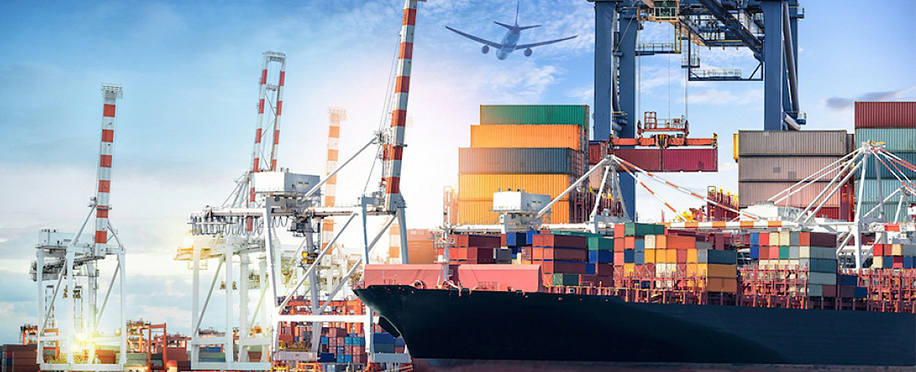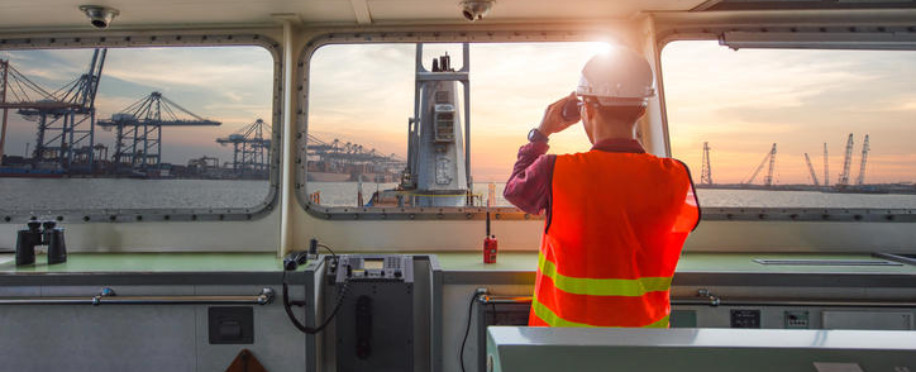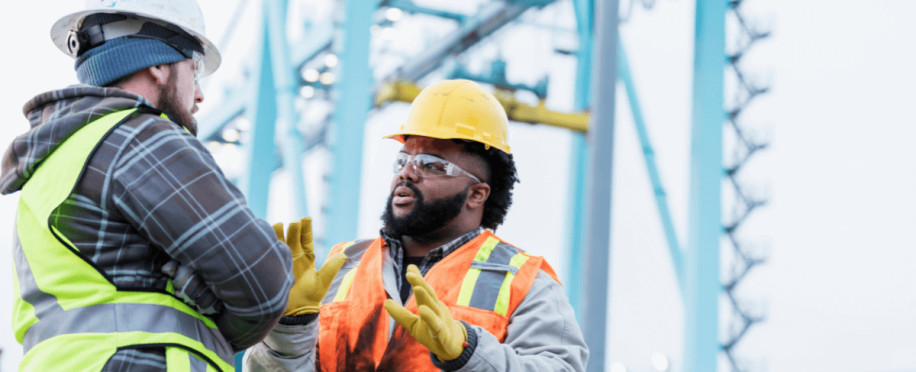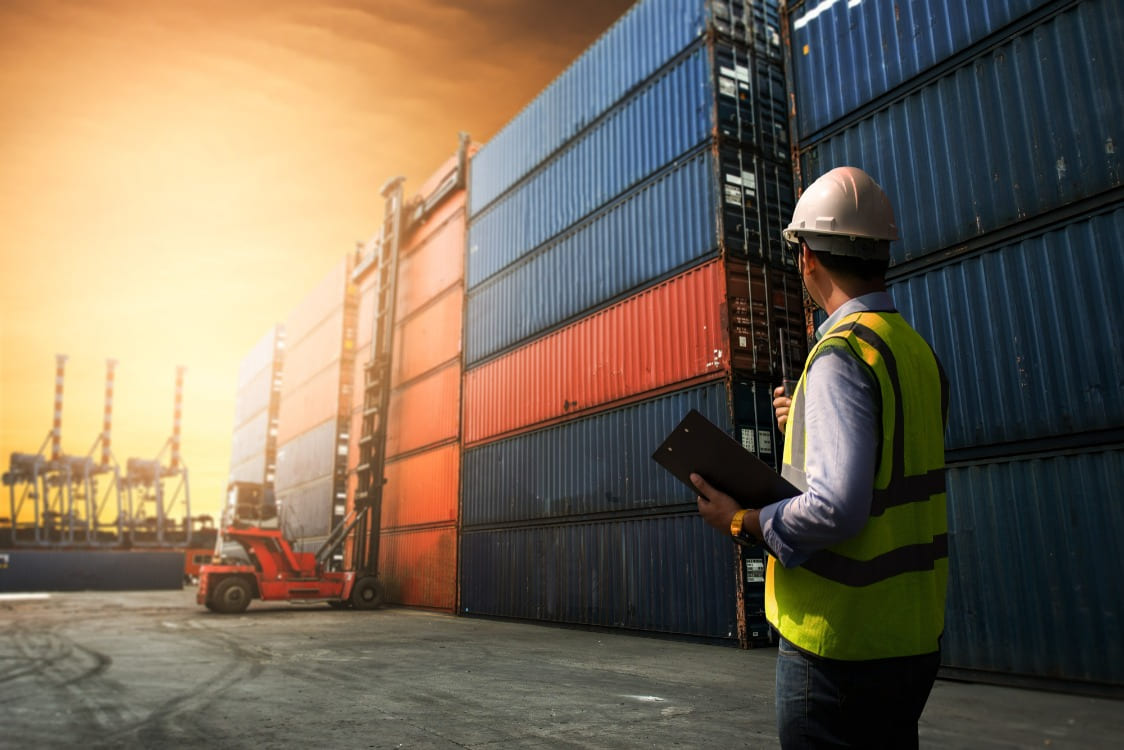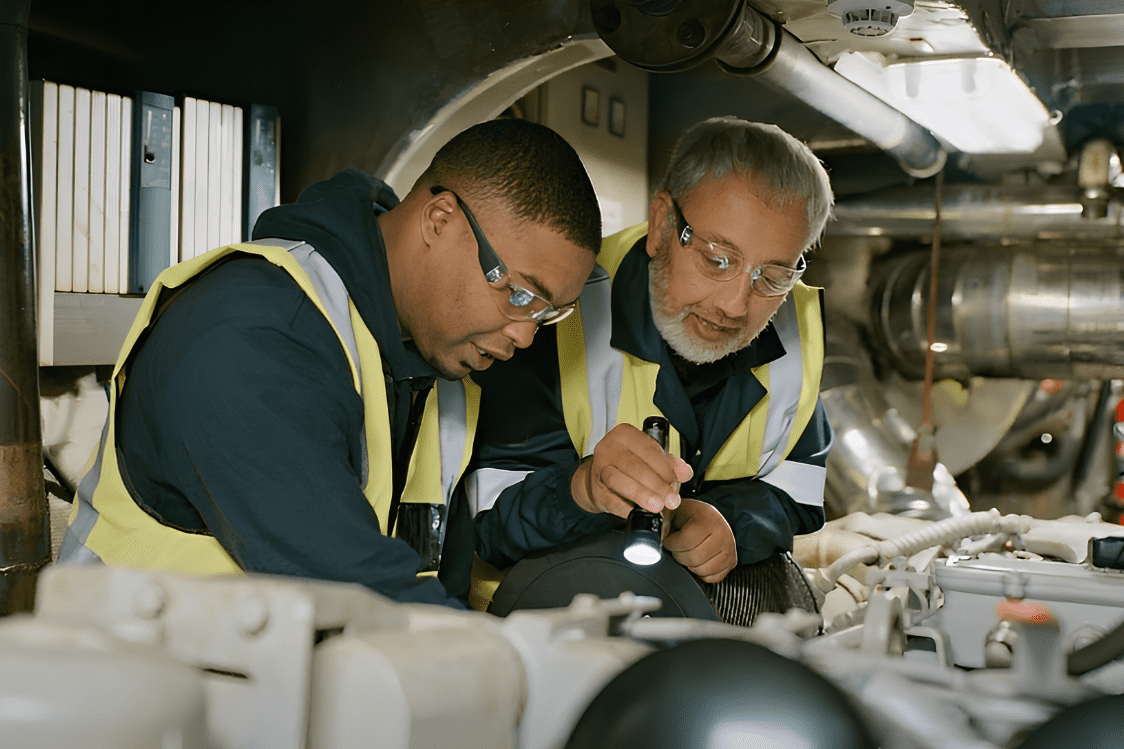Economic Impact of Ice Class Vessels on Maritime Industries

Posted on May 30, 2024 at 11:05 AM
Operating safely in ice-covered water is highly important, especially, with all the new research and interest in investing in polar areas, and the development of ice class vessels is a great response to all that needs.
Especially, since the concept of ice class ships has proven its capability to provide safe and efficient skating on the iced sea, with all the established notation, requirements, and rules that boost the shipping performance in polar conditions.
Today, we are going to share with you super info about the ice class vessels, the basic used ships of ice classes, details about the FSICR, and most importantly, the economic impacts of using the renowned ice class vessels in polar areas.
What Are Ice Class Ships?
Ice class vessels are ships designed and constructed with stronger hulls, engines, and other structural enhancements specifically to be able to skate in polar regions and ice-covered waters and reach ports with maximum range of safety.
Moreover, these ice class vessels are classified based on their ability to operate safely in different levels of ice, and this definition is assigned by many maritime organisations and classification societies.
It is a known fact that ice class ships play a vital role in enhancing the safety and efficiency of maritime operations in polar regions and even reaching new shipping routes and resources in the Arctic and Antarctic. Especially since the global warming condition is leading to the melting of polar ice caps.
Types of Ice Class Ships:
Behind the concept of regular or autonomous ships in the marine industry, the ice class vessels could be divided into these three key vessel types:
-
Polar Research Vessel: An ice-class ship equipped for experienced scientific research in polar regions.
-
Ice-strengthened Cargo Ship: Tonnage or container ice classes modified to navigate through international and national icy waters.
-
Ice-strengthened Passenger Ship: A cruise ship or ferry is designed for safe travel in polar regions with kitchens for cooking, comfort facilities, and an extreme protection level.
The Difference Between Ice Classes and Icebreakers:
Till today, many mix between the concept of ice classes and icebreakers, thus, we are going to list the main differences:
-
On one hand, ice class vessels are special ships that are adjusted and empowered for efficient operation in icy waters.
-
On the other hand, an icebreaker vessel is an expedition ship that is specially built for breaking through thick ice to open navigation paths for other vessels and even for rescue or escort purposes.
What Are the Finnish-Swedish Ice Class Rules (FSICR)?
The Finnish-Swedish Ice Class Rules (FSICR) is a set of provisions and regulations developed by both the Finland and Sweden authorities to create design and construction standards for ice-class ships operating in their ice-covered waters.
These rules clarify all the needed structural requirement, used material, engine power, and other criteria that vessels must meet to get an ice class rating and be able to safely navigate and operate in the multi-challenging ice conditions of the Baltic Sea and northern Europe’s icy waters.

The Main Economic Impacts of Ice Class Vessels:
Although ice class ships are vital for navigating polar regions, yet, there are some economic impacts that we should discuss to clarify all the aspects and details to you:
-
Less Cargo Capacity:
Ice class vessels come with thicker hulls, a bigger tanker, and strengthened structures to survive the hard offshore icy conditions, and that by default will reduce the available inner space for cargo.
In other words, the structural strengthening and hull changes of ice classes will reduce the cargo capacity and by default lead to fewer goods and boxes transported per trip.
-
Bigger Fuel Consumption:
Based on the marine engineering training courses in London, the enhanced propulsion systems and additional structural weight of ice class vessels will need higher fuel consumption for the icebreaking function and more.
More than that, polar class ships navigating through ice also consume more machinery power, increasing fuel usage compared to standard vessels operating in open water.
-
Lower Speed Rate:
Although the ice class vessels come with a bigger and more powerful engine, yet they generally travel at lower speeds due to the higher ice resistance leading to longer transit times.
Additionally, the lower speed rate is necessary to safely move or sail through ice and avoid potential damage.
-
More Cargo Shipping Time:
The combination of lower speed rate, less good capacity, and the need for careful navigation in icy waters extends the overall shipping time for ice class vessels.
This will in one way or another increase the transit time and affect supply chains and logistics, resulting in higher costs and potential delays in the delivery of goods.
-
Higher Construction and Maintenance Costs:
As we mentioned earlier, the ice class vessels category requires unique and specialised materials and reinforced structures to be able to navigate through iced water with minimum risk rate, therefore, higher initial construction costs are applied.
In addition, the hard and icy operating conditions result in more wear and tear, demanding frequent and costly ship maintenance processes to ensure that the vessel remains safe and effectively operational.
-
Increased Insurance Premiums:
Due to the operation in ice-covered waters, greater risk factors are applied, including potential damage from ice and challenging navigation conditions. And that for sure will increase the insurance charge for ice class vessels to cover these elevated risks, and will also increase the overall operating expenses for shipowners and operators.
Eventually,
Despite all the challenges and impacts associated with the ice class vessels, yet, they also come with great operational benefits and safety insurance. Thus, the existence of ice class vessels is developing more and more each day.
However, to benefit from all of that and avoid risks, you need to invest in the development and marine engineering of your vessels.
